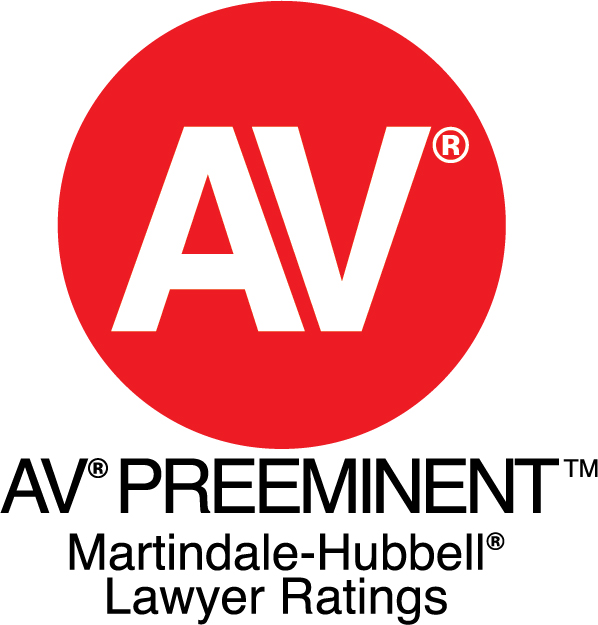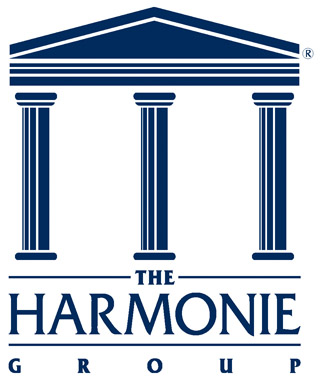TAM Shareholder Mark A. Pottinger obtains complete defense verdict in aviation jury trial.
TAM shareholder Mark A. Pottinger received today a complete defense verdict on behalf of TAM’s client in a jury trial held in Grand Junction, Colorado, brought by an individual for injuries sustained in a plane crash, as well as his wife for consortium claims related to the same incident.
Plaintiff James Harris was a student on board a light aircraft on a training flight in Grand Junction on July 16, 2005. The aircraft encountered microburst wind shear while landing at Grand Junction and crashed. Mr. Harris and his wife brought suit against the pilot for the flight and against Serco, the private company that provides contract air traffic controllers for the Grand Junction airport and which TAM was charged to represent. The pilot settled with Plaintiffs well in advance of trial. Pursuant to Colorado law, the jury was told that the pilot had settled; however, they were not told the amount of settlement.
Plaintiffs’ theory against Serco was that a set of secondary wind sensing instruments should have been used for providing landing wind information to the aircraft. Plaintiffs argued that the sensors from that secondary source are closer to the end of the runway where the aircraft was attempting to land and would have provided better information for the pilot. Plaintiffs also argued that air traffic personnel should not have allowed the aircraft to land on the runway or should have canceled the landing clearance based on wind information from the secondary sensors.
Serco denied liability, asserting that the appropriate wind instruments were used and that the instruments suggested by Plaintiffs are not suitable for use in controlling aircraft because the output from those instruments is averaged and delayed. Serco asserted that the decision to land and on which runway was the pilot’s decision, not Serco’s. Serco further asserted that the pilot was negligent in the operation of the accident aircraft, in light of weather the pilot observed, weather forecasts, and wind reports that the tower provided to the flight. Serco also claimed that the pilot had the best wind information available provided by a windsock immediately adjacent to the landing runway, which was in full view of the pilot. Finally, Serco argued that post-accident photographs revealed that the aircraft’s flaps were improperly configured for the go-around maneuver the pilot claimed he was attempting at the time of the accident and that the pilot failed to apply full power to the aircraft during the go-around.
Plaintiffs sought damages of $5.1 million for economic loss, $5 million for each plaintiff for non-economic damages, and $18 million for permanent disability and disfigurement. Plaintiffs’ past medical expenses were disallowed due to Plaintiffs’ failure to timely disclose such damages.
In response to the first question on the special verdict form, the jury found that Serco was not negligent. As a result of this response, the jury was not required to make any findings respecting damages or the fault, if any, of the pilot. Judgment entered for the defendant Serco.




